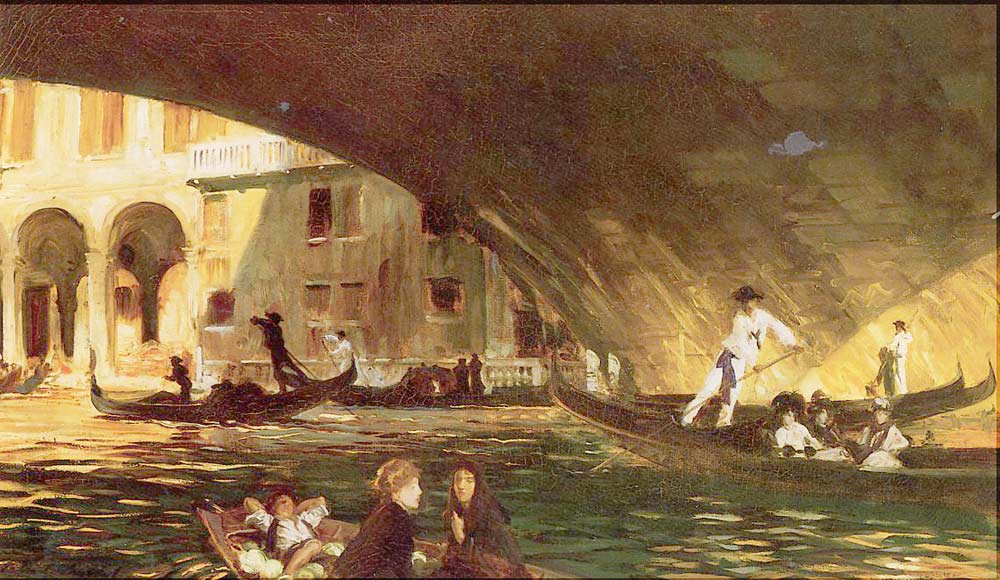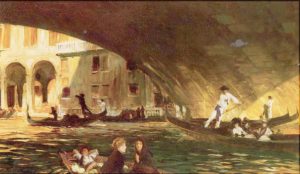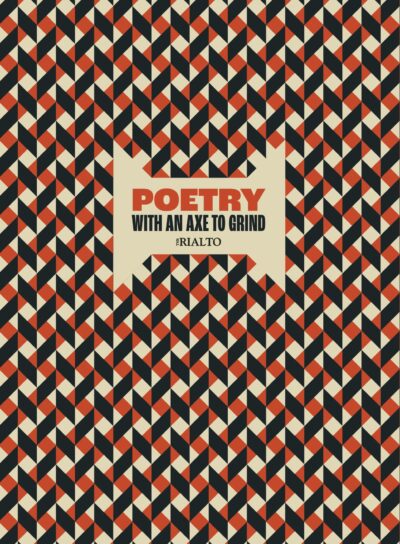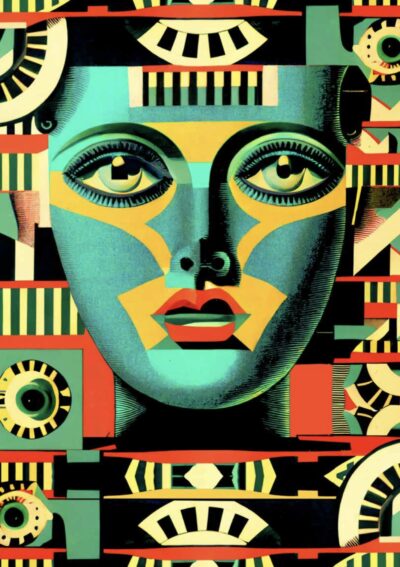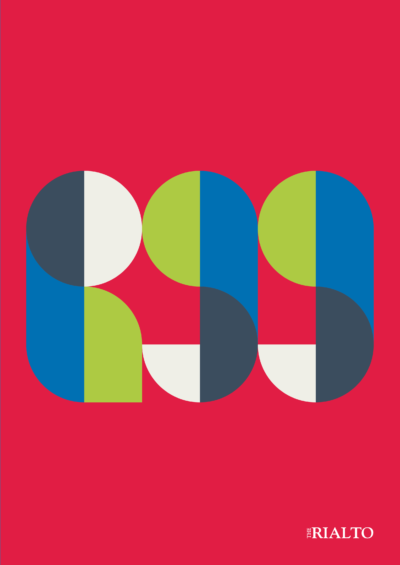The Rialto arrived at the end of last week. It’s strange to open a poetry magazine whose contents you know, down to the last comma – have discussed and selected, and then proof-read down to the last comma. I hope there aren’t any mistakes.
On starting to read submissions for a new issue, you have no idea what shape it might take. As the accepted poems mount up, some trends may emerge. I found I wasn’t paying much attention to this, only to whether the poems I was reading were good, except for a couple of times when I thought Oh, this one might go well with X.
When it was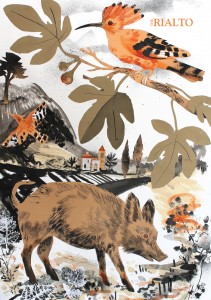 time to put the poems together for Issue 79, the one that’s out now with hoopoes and a wild boar on the front cover, the three editors borrowed the sitting-room of a North London basement flat. We each laid out on the floor our own proposal for ordering. We were well on the way to a synthesis when the door was nudged open and a small black whirlwind skittered across the room, sending paper flying. And back again, taking a different route. Muddy paw-prints everywhere. It was very funny and the puppy was adorable when she calmed down. But then I didn’t have to try to recreate a magazine. Michael Mackmin’s thoughts may have been less charitable.
time to put the poems together for Issue 79, the one that’s out now with hoopoes and a wild boar on the front cover, the three editors borrowed the sitting-room of a North London basement flat. We each laid out on the floor our own proposal for ordering. We were well on the way to a synthesis when the door was nudged open and a small black whirlwind skittered across the room, sending paper flying. And back again, taking a different route. Muddy paw-prints everywhere. It was very funny and the puppy was adorable when she calmed down. But then I didn’t have to try to recreate a magazine. Michael Mackmin’s thoughts may have been less charitable.
Ordering the poems was like putting up a tent – the canvas needs to be taut everywhere, if it sags then a prop is needed. (This metaphor won’t stand up itself when tested, but I found it helped the thinking.) The prop might be a longer set of poems, or one especially striking poem. Or two.
It seems to be good to have, in the juxtapositions, a mixture of resonances/echoes and contrasts. When I did my own ordering before we met, I made mistakes, for example putting two longer sets of work next to each other that were a little similar in tone. Not that this would always not work, but it didn’t here.
One of the best things about The Rialto is its A4 spaciousness – there’s room for longer poems, or several from the same author, without unbalancing the magazine or making it look crammed. So there are six short poems from Niall Campbell, plus his prose account of his own writing. Co-assistant editor Abigail Parry and I are both fans of his work and now Michael is too. Niall’s first collection from Bloodaxe is one of my most-anticipated books of 2014. There are some poems from Nichola Deane, whose pamphlet My Moriarty I’ve just reviewed on my blog (as I did Niall’s); several pages given to Hannah Lowe’s work in progress centred on saxophonist Joe Harriott who introduced her parents to each other; and three new poems from Rialto pamphlet poet Janet Rogerson.
World War One looms, with Carol Rumens and Liz Berry in search of their ancestors. Michael swooped on Kim Moore at Aldeburgh after she’d read ‘A Trumpet Teacher’s Curse’ and secured it for the magazine. There are other Rialto names such as Christina Dunhill and Julie Mellor. Then there are poets new to The Rialto, some not yet much published, such as Roderic Vincent, Alex Bell, Selina Rodrigues, Joe Dresner, Edison Dupree who I don’t think has appeared in the UK before, and Olivia Walwyn whose first published poem I think we’ve got. (My first published poem appeared in The Rialto; that was a life-changing event.) The RSPB/Rialto poetry competition has thrown up some new-to-The-Rialto names too, and some birds. Michael the birder tries to get away from these but they swim, fly, swagger or display in the rest of the magazine too: magpie, peacock, kingfisher, duck. I think bird poems have to be extra good to get in.
A mix of the familiar and the unexpected seems to me to be best. If I read a magazine regularly I want to see more poems by writers whose work I like, to track what they are up to. But I also want to be surprised. I hope we’ve got a good balance of the two. Comments welcome.
So: how does the balance of the magazine compare to the balance of submissions we receive? I’d say The Rialto is very well served by its regular poets, who between them would keep a good quality magazine afloat.
But our catchment area for the new and unexpected is too small. We’d like to see more submissions from the likes of the new-to-The-Rialto poets named above. In particular, more from women. We are seeing a narrower range of work from women than from men, and a smaller amount of the new and unexpected.
This is surprising, given that the magazine publishes men and women in more or less equal numbers (though more submissions come from men), and Michael has a reputation, with his Bridge series of Rialto pamphlets, for supporting new women writers from Lorraine Mariner through Hannah Lowe to Jen Campbell. And new men too: Luke Yates last year.
Our catchment area for black and Asian poets seems to be very small. We’d like to see more, far more work from them. Maybe The Rialto is perceived as a white magazine. I hope not. But perception and reality can reinforce each other.
One reason for all this may be the time people have had to wait to get their submissions read: Rialto regulars may be more willing to take the risk. I know of two Facebook threads in the last week alone where people have said they’ve stopped sending to The Rialto because it takes too long. (I’ve also been told by people that they’ve been rejected a few times… so have most poets who get into the magazine.)
BUT: we’re now reading poems sent in the second half of November. So for most people, the waiting time should be around three months. If your poems are shortlisted, it may take a bit longer. As there are three of us reading, we hope to get the waiting down to a maximum of three months for everyone.
So, calling all poets: especially if you haven’t sent to us before, please think about doing so. If you can get hold of the new issue, have a look. See if you enjoy reading it and think you might fit in, or provide an unexpected contrast. If you can’t get hold of it, try anyway.
We’d like to read your work.
Tonight – Monday 17 February – at the Troubadour in London, Michael will discuss the art of choosing with three other editors, Maurice Riordan from Poetry Review, Patricia McCarthy from Agenda and Ahren Warner from Poetry London.
